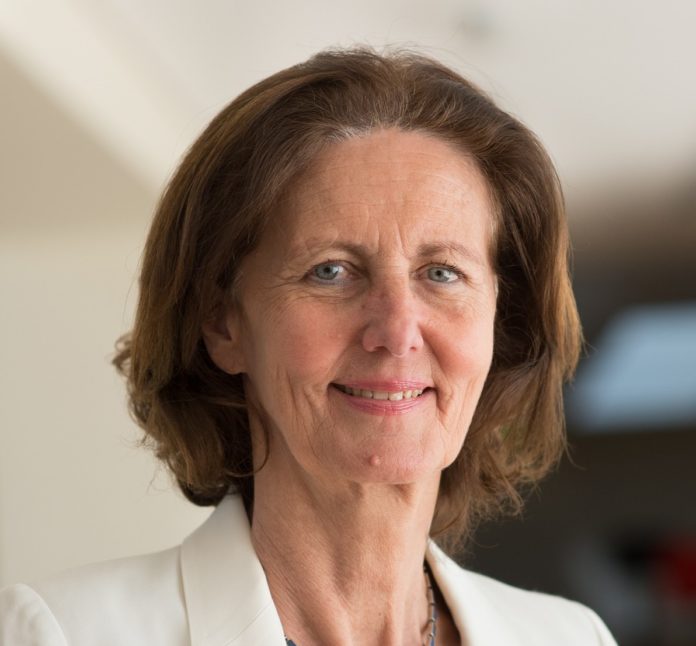The UN Sustainable Development Goals are highly significant for IWA. They speak to our vision of a waterwise world.
SDG 6, the main water-focused goal, is an expression of intention on the part of the global community to take many of the steps needed to realise just such a vision. That expressed intention moved on from the Millennium Development Goals by extending these earlier ambitions – especially by raising the water supply and sanitation bar to one of universal access. It expanded the scope of those ambitions by, for example, bringing wastewater treatment into the frame. And it expanded their relevance, creating a benchmark for all countries. The result is an agenda that aligns with our own ambitions.
This is not to say that we are defined by the SDGs. As an organisation, we have always understood the value of wastewater treatment, for example. In that sense, we embrace the SDGs as securing visibility for issues of concern to us among the many other global priorities.
But having issues of concern to us on the agenda is only part of the story. The SDGs are framed primarily as goals for national governments. As well setting aims, we hope to see action. As a whole, progress with the SDGs is lacking. So the other key part of the story is the ‘how’ – the solutions by which the goals can be met.
This is where IWA comes to the fore. There is a need for solutions to help achieve what are global ambitions. This is why the SDGs will run through both our 2019 Water and Development Congress & Exhibition in Sri Lanka in December and our October 2020 World Water Congress & Exhibition in Denmark.
IWA’s contribution spans, of course, the ‘how’ of meeting the water goal in ‘our’ domain of SDG 6. As part of this, we understand that technology is just part of the answer. ‘Solutions’ is much broader than this.
The SDGs provide a framework in which water’s contribution can be highlighted in a language that spans sectors and interests
Examples of this breadth are highlighted in articles in this edition. They include the importance of systems-based approaches to progressing water, sanitation and hygiene improvements. Another is of how to work with the recognised human rights of access to safe water and sanitation to help progress practical access.
At the same time, national governments are looking to answer the ‘how’ question across all the SDGs. That means answering questions such as how to promote health, how to provide food, and how to create safe cities in a world with a changing climate.
We know that water reaches all aspects of our lives. This is a message we can seek to reinforce to secure action on water. Equally, we can place emphasis on those issues where water’s link is strongest and our contribution potentially greatest. Both are valid approaches, and we can see in other articles in this edition how water utilities and water sector organisations are working with the SDGs as part of their sustainability agendas, both as far as water is concerned and more widely.
These benefits associated with action on water arise irrespective of the SDGs. But the SDGs do provide a framework in which water’s wider contribution can be highlighted in a shared language that spans sectors and interests.
A further challenge for us is, therefore, to continue to work with the SDGs, with their fast-approaching target of 2030, and to better communicate water’s role and the wider benefits of pursuing a vision of a water-wise world.
Diane d’Arras, President, IWA






